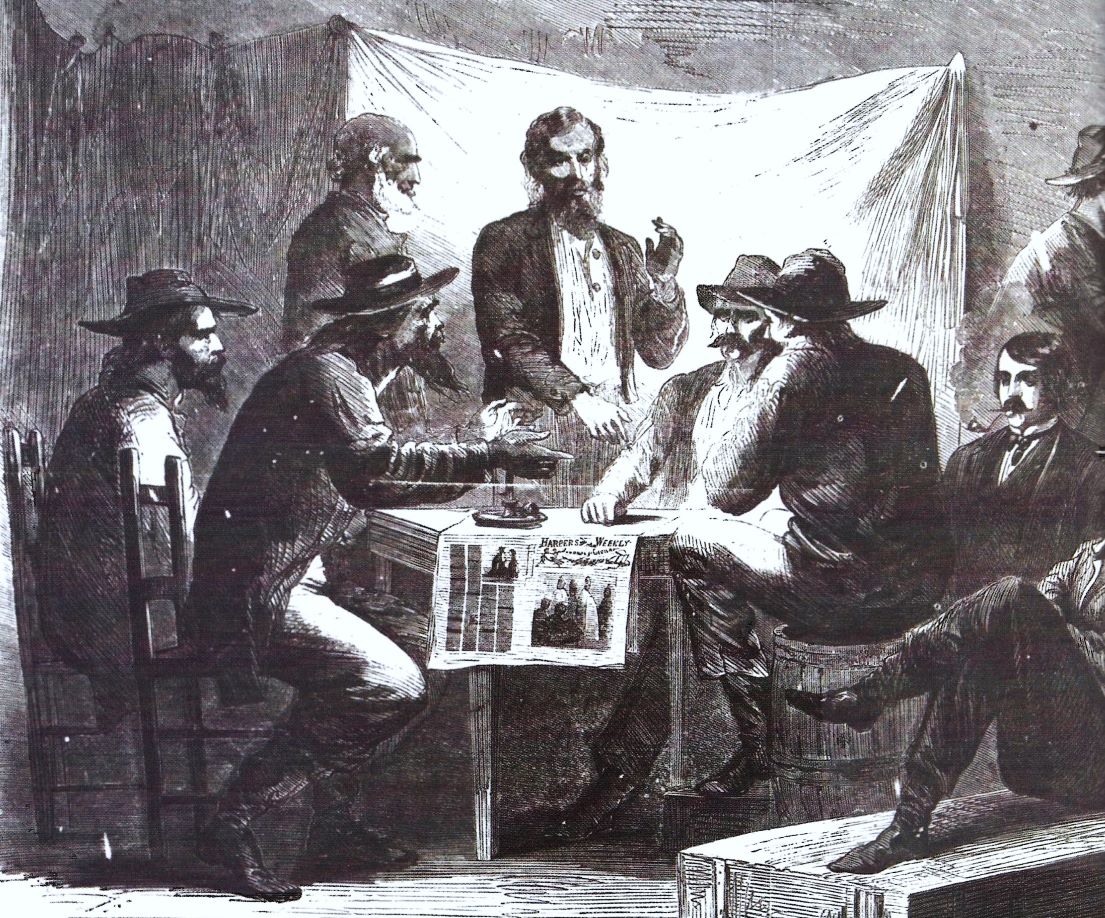In July of 1901 my father and mother left St. Paul, Minnesota, on the second leg of their honeymoon for the Lewis and Clark Forest Reserve, which is known today as Glacier National Park. My father, Dr. Walter Bradford Cannon, was a young instructor in the Department of Physiology of the Harvard Medical School, and my mother, Cornelia James Cannon, a recent graduate of Radcliffe College with the class of 1899. They had been married some three weeks before and had with their usual energy and sense of adventure paddled a birch-bark canoe down the historic St. Croix River and then for sixty miles along the broad Mississippi between its impressive bluffs. As my father wrote in his autobiography, The Way of an Investigator, they were twice reported as Indians and occasionally regarded as harvest hands looking for jobs. Then, sunburned a dark brown and toughened by the hard work of propelling their heavily laden craft and making and breaking camp every day, they were ready for fresh adventure. So they set their faces west and boarded a train for Montana.
January 2011
In your November 1988 “Correspondence,” William G. Ferris’s letter completely lacked any sort of scholarship or pretense to accurate research, historical or otherwise.
His assertions that John F. Kennedy participated in the “theft” of the 1960 election (along with “Democratic party machines”) and approved of “goon squads intimidating voters” are ludicrous and unprovable. His charge that Kennedy won a Pulitzer Prize “for a book he didn’t write” betrays his ignorance of history. Responding to similar charges after Profiles in Courage won the prize, Mr. Kennedy publicly produced the notes he gathered while researching the book and his handwritten manuscript, effectively silencing his critics. (And what about his previous best-selling book, Why England Slept , published from his Harvard thesis of 1940?)
Lincoln Kirstein’s Elie Nadelman (New York: Eakins Press, 1973) is available through the publisher or at art libraries. Work by Nadelman can be seen at museums around the country, including the Hirshhorn Museum and Sculpture Garden in Washington, D.C.; the Museum of Modern Art and the Whitney Museum of American Art in New York City; the Museum of Fine Arts in Boston; and the Amon Carter Museum in Fort Worth, Texas.
Early in 1934, Secretary of Agriculture Henry A. Wallace appointed Nicholas Roerich, a renowned painter and a self-proclaimed guardian of world peace and culture, to lead a scientific expedition to North China and Manchuria, to search for drought-resistant grasses that might revive the Dust Bowl. By the time the project ended, in 1935, the eccentric artist had compromised America’s diplomatic position in Asia, embarrassed the Roosevelt administration, humiliated Wallace, and damaged the careers of several botanists. And he had not advanced the cause of combating the drought in the United States.
We know more about sickness than about health. This is as true of medicine as it is of history, and as true of the condition of a nation as it is of a person. Moreover, the diagnosis must proceed not only from symptoms but from retrospect. For the diagnosis of a patient, some kind of knowledge of his medical history is fundamental.
I find myself sketching a top hat on a snapshot I’ve taken of a former pasha’s obituary photograph. I marvel at the resemblance between Abbas Hilmi II, the last Turkish ruler of Egypt, who died in exile in Geneva in 1944, according to the encyclopedia, and my grandfather Elie Nadelman’s painted bright-bronze sculpture Man in a Top Hat. The pasha, who was photographed in 1930, is not wearing a top hat, but his face, seen above a formal Western suit, is uncannily like the sculpture: a strong, aquiline nose; dark, piercing eyes under clearly defined, dark eyebrows; and a well-trimmed beard completely surrounding a mouth that is a barely visible straight line. I have found the yellowed obituary photo loosely filed in a scrapbook of black-and-white postcards of classical statuary that my grandfather kept in the upstairs library of his house in Riverdale, New York. The sculpture in question, made three years before the photograph, is not, to anyone’s knowledge, a portrait, but rather an imaginary or archetypal figure, like so many of Nadelman’s subjects.
I read approximately twenty magazines a month. I just received my first issue of American Heritage. After reading only a few pages, I feel I must thank you and your staff for allowing me to exercise my brain, dormant during the reading of most magazines. I have had to get up from my comfortable position twice and go to the dictionary. Although I applaud the application of vocabulary and grammar in your publication, I must object to having to go to the dictionary every three or four pages. If this trend continues, you will be directly responsible for the fitness of not only my mind but my body.

One of the problems with history is that dead people are no more predictable than live ones. In the early 1960s, when the American Heritage editors started putting together an illustrated history of World War I, they chose a supremely qualified author: Brig. Gen. S. L. A. Marshall. The book’s jacket copy quoted Carl Sandburg’s assessment that Marshall—Slam, as he liked to be called—“rates among many of us as the greatest of writers on modern war” and went on to detail a career that began in the trenches of the First World War and culminated in an international reputation as a military journalist and historian.
